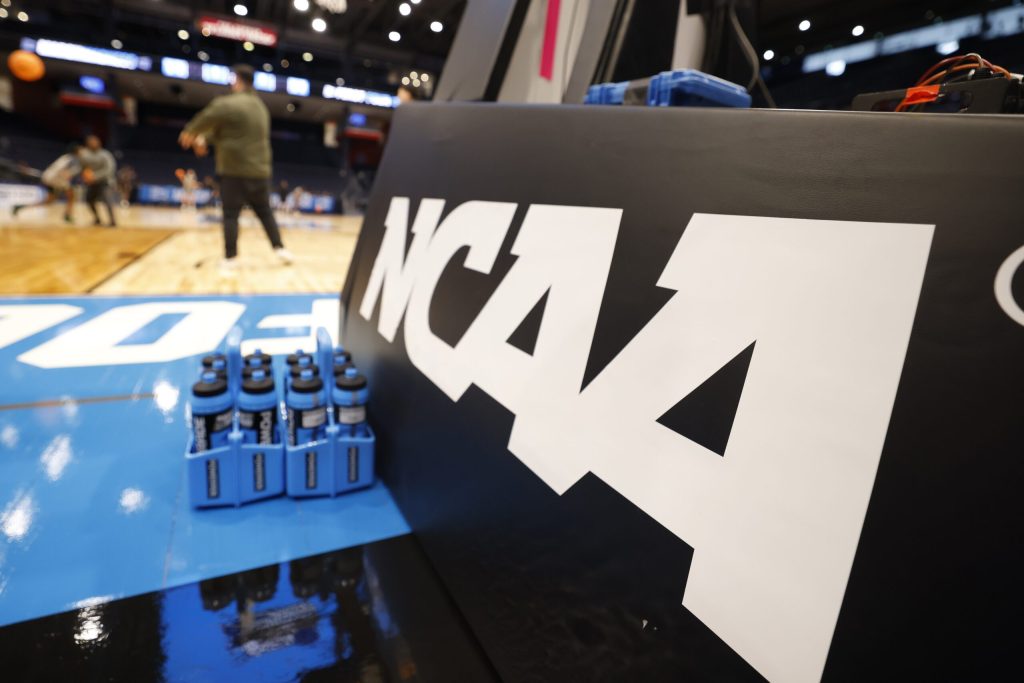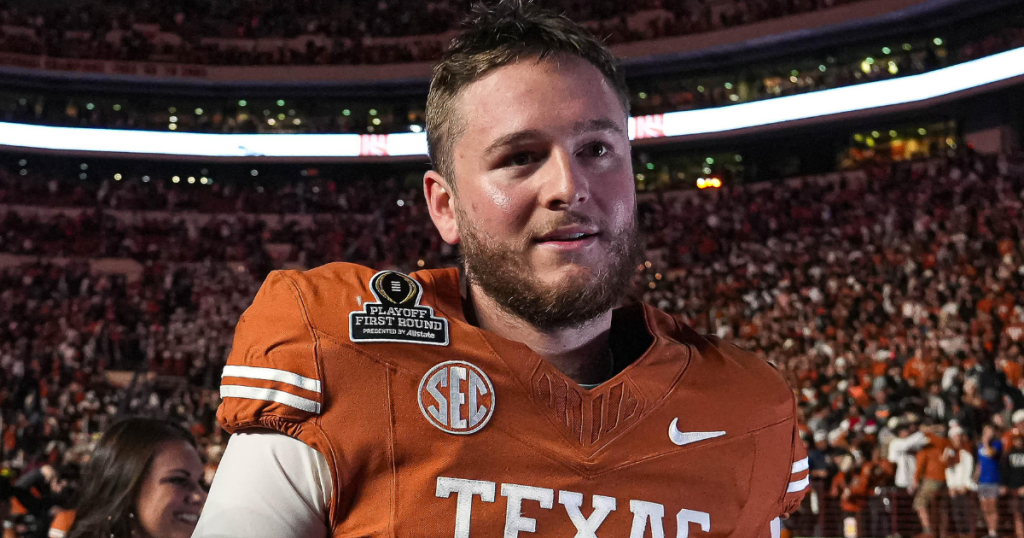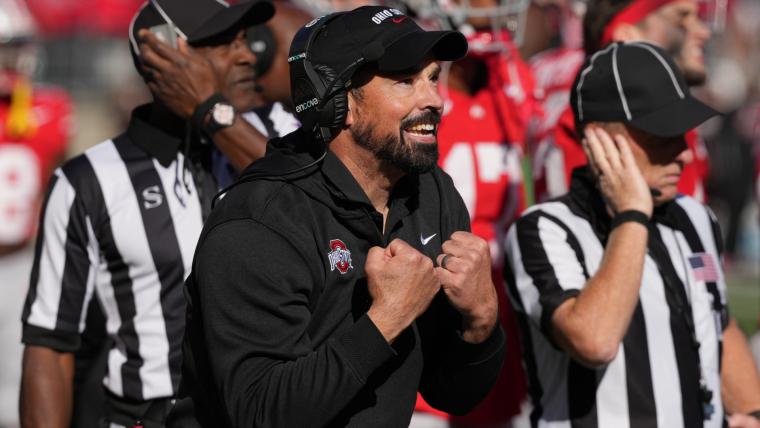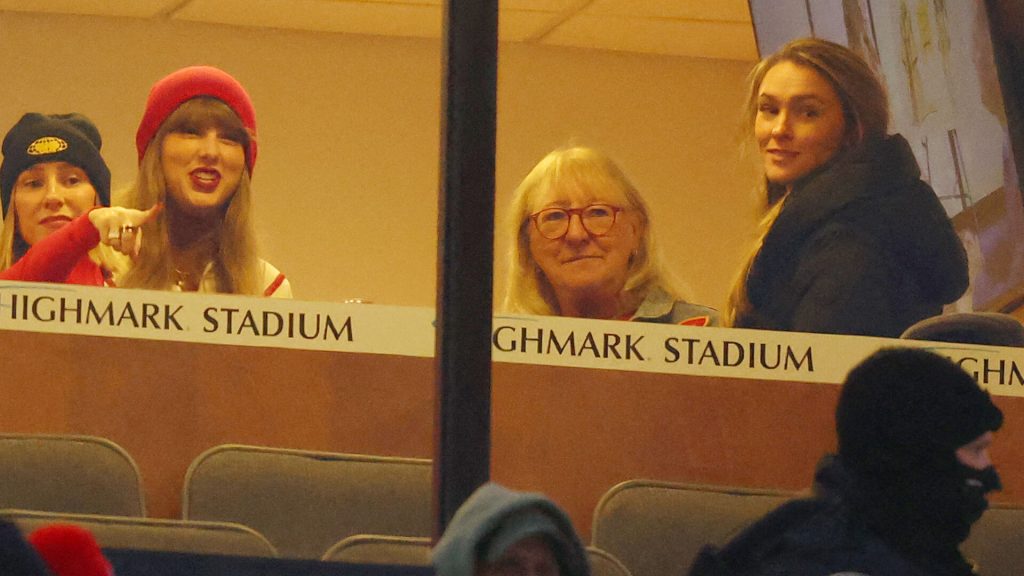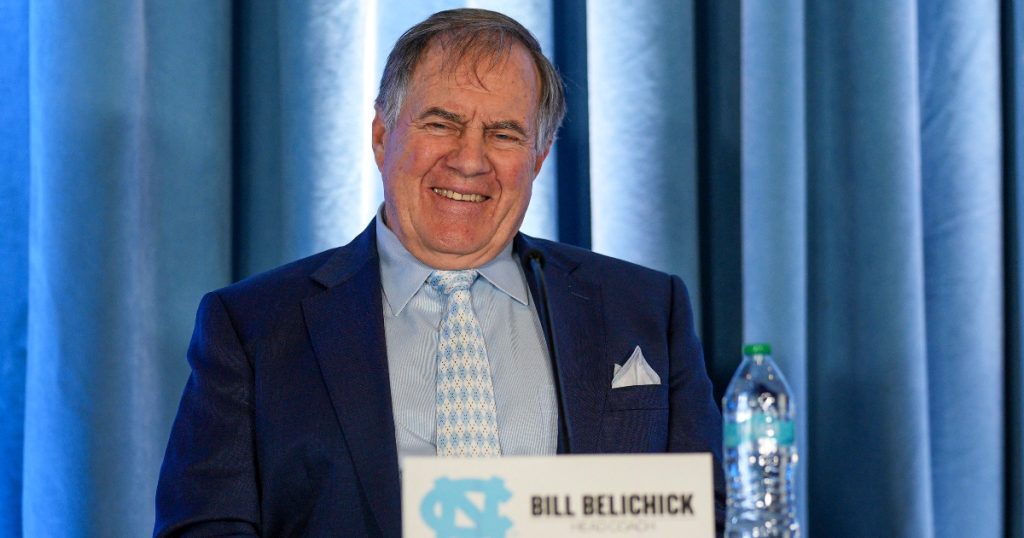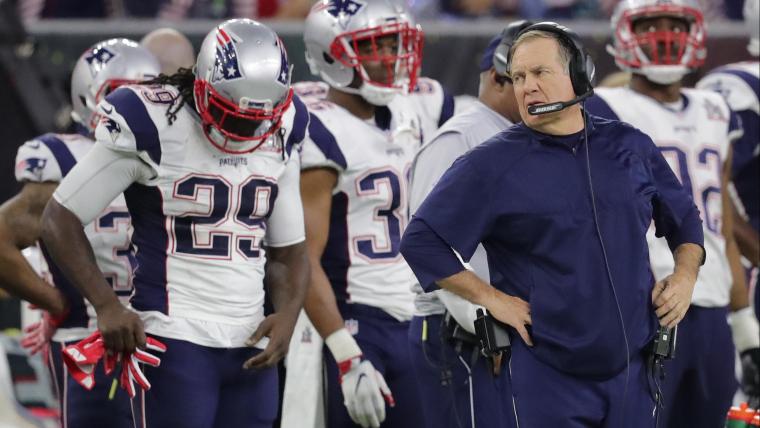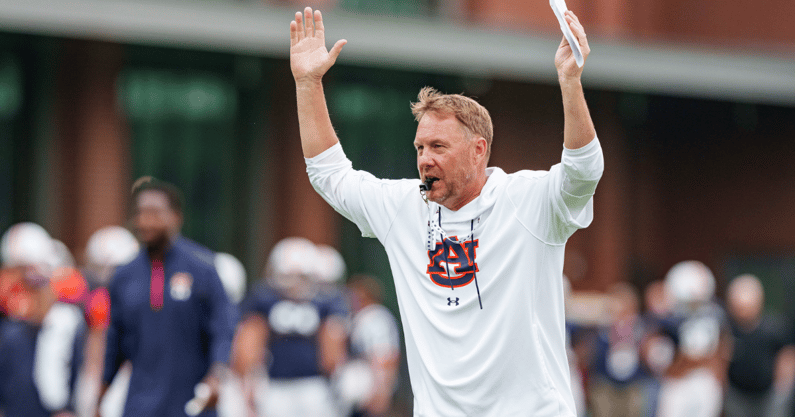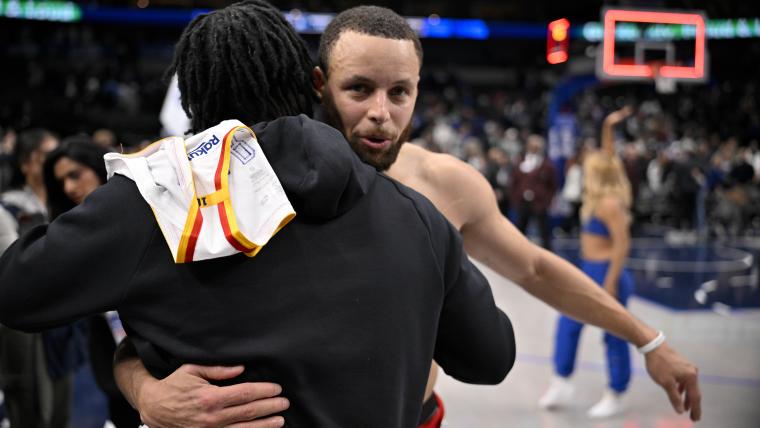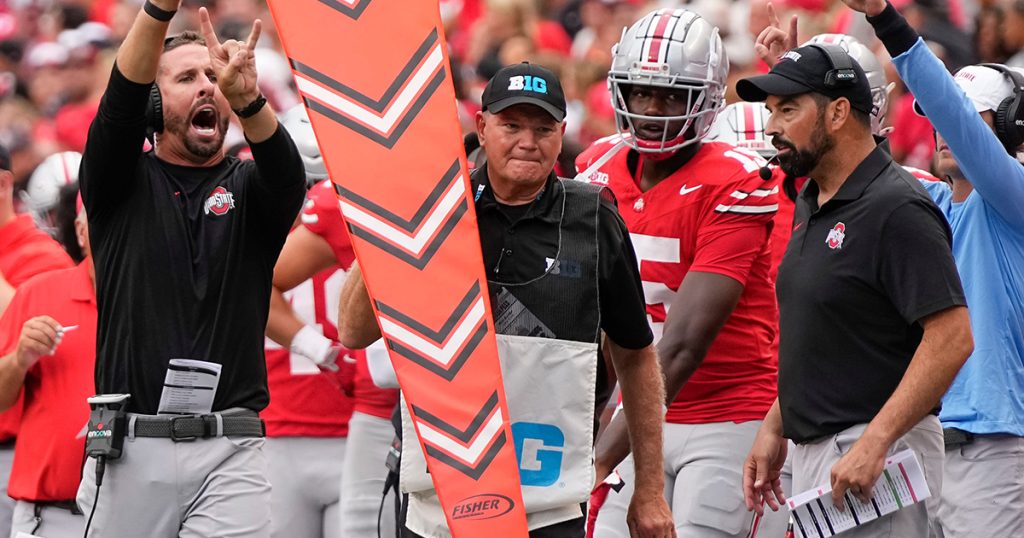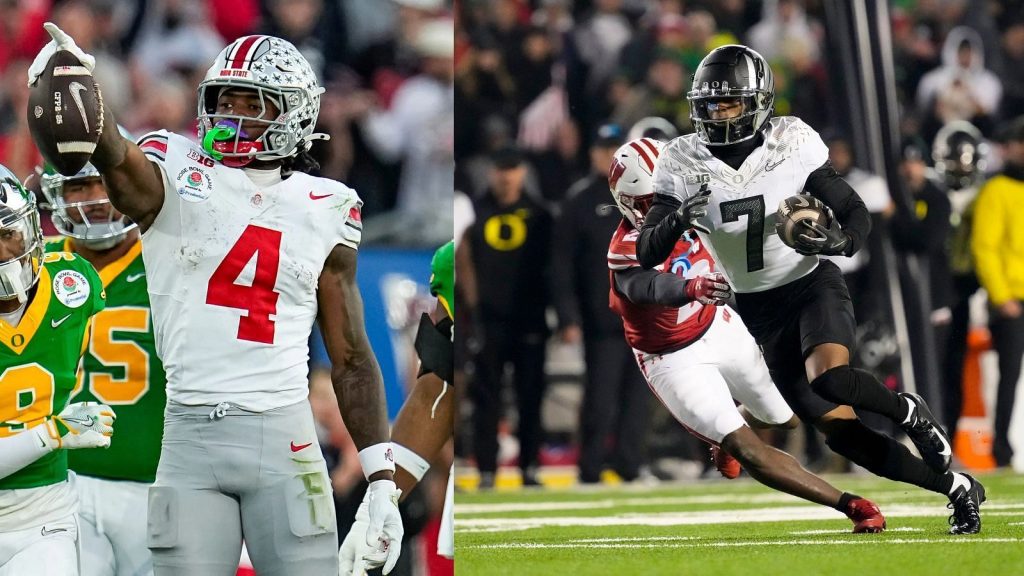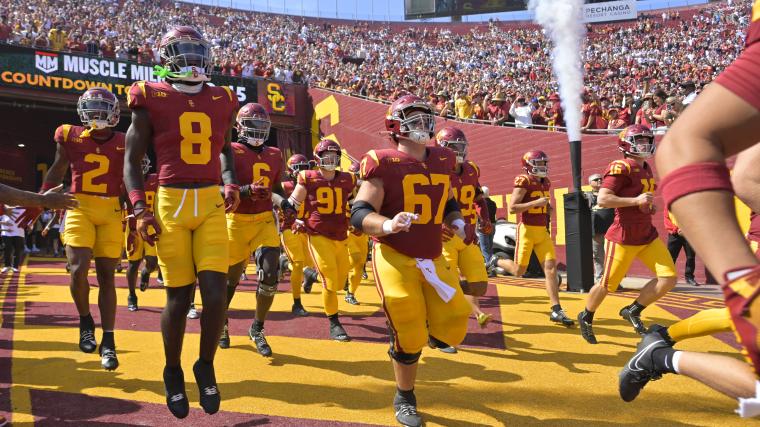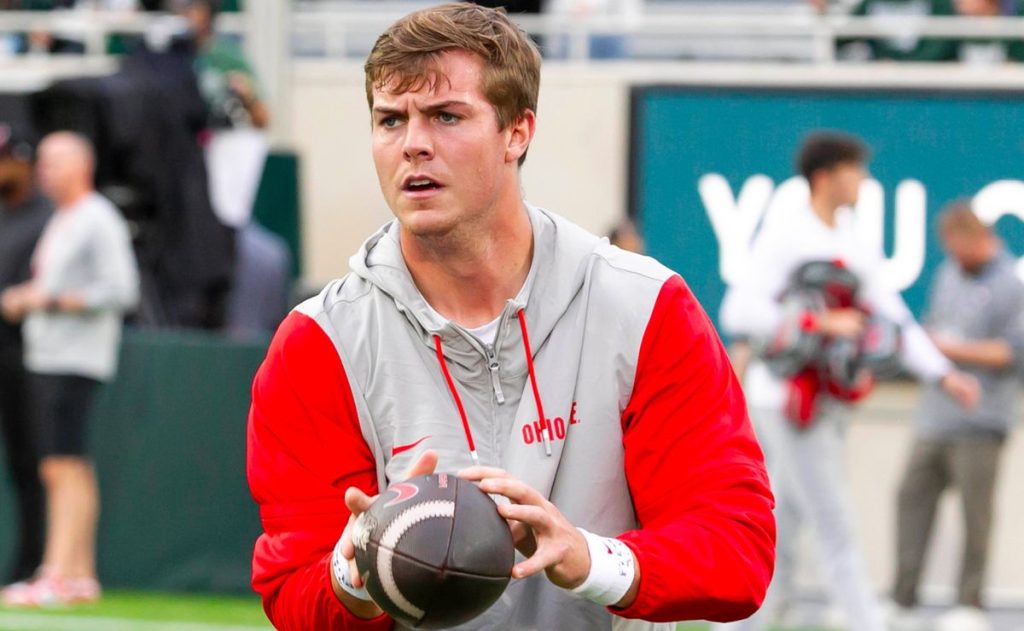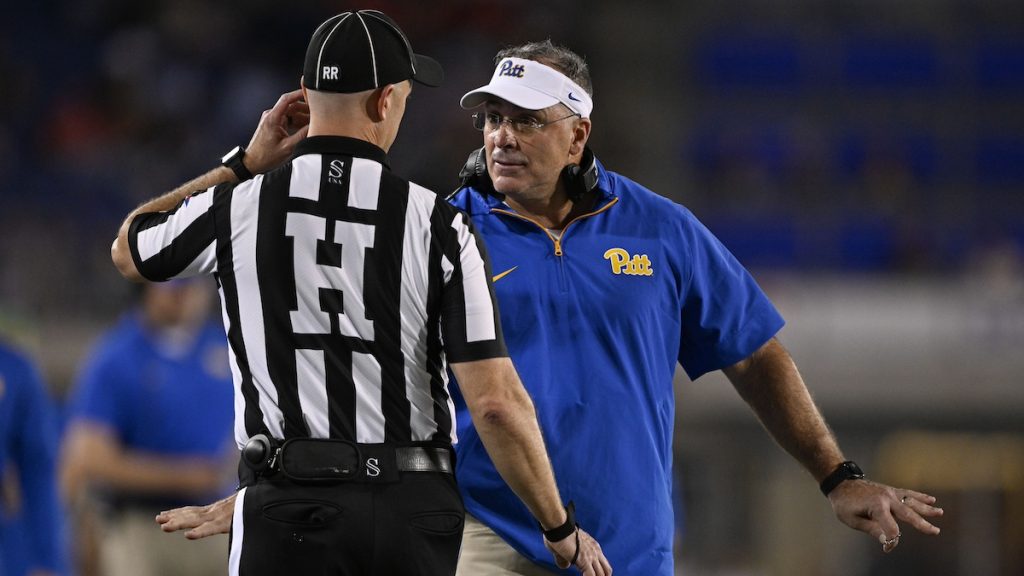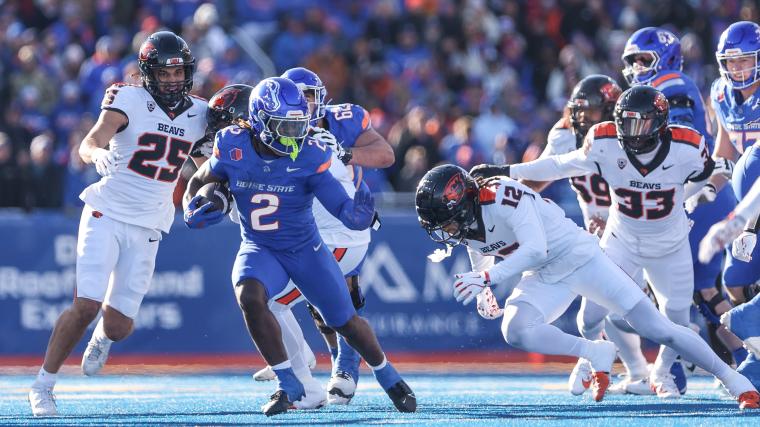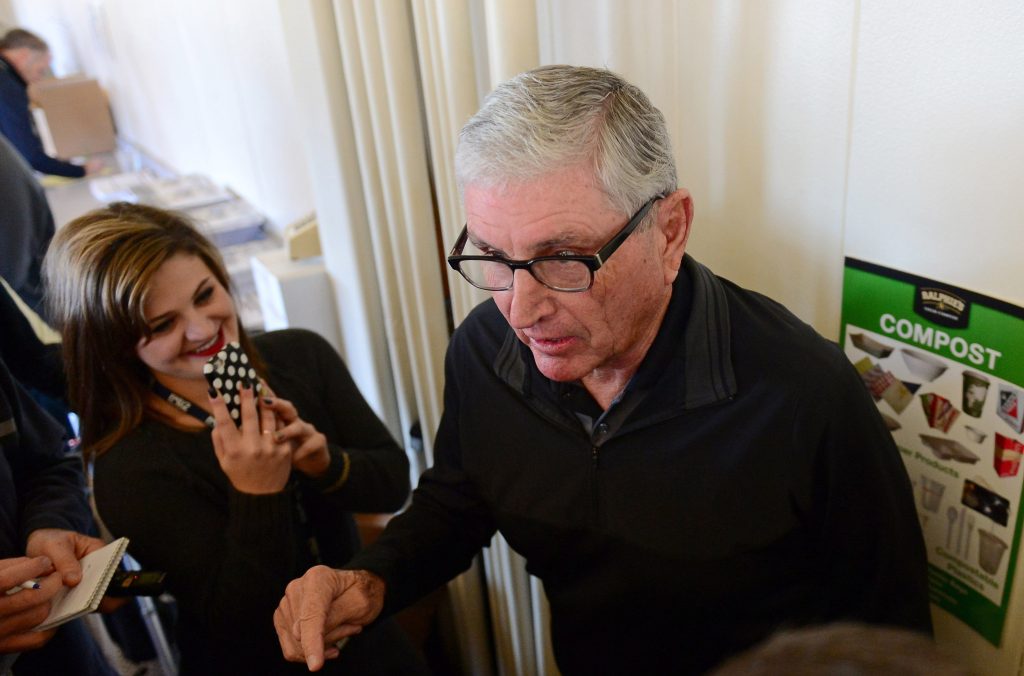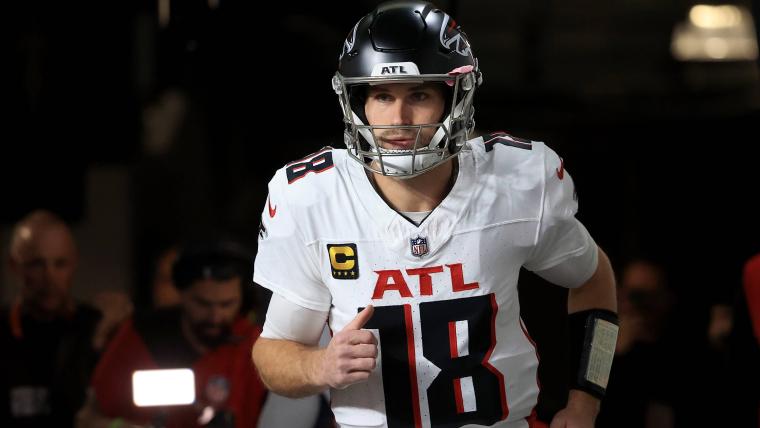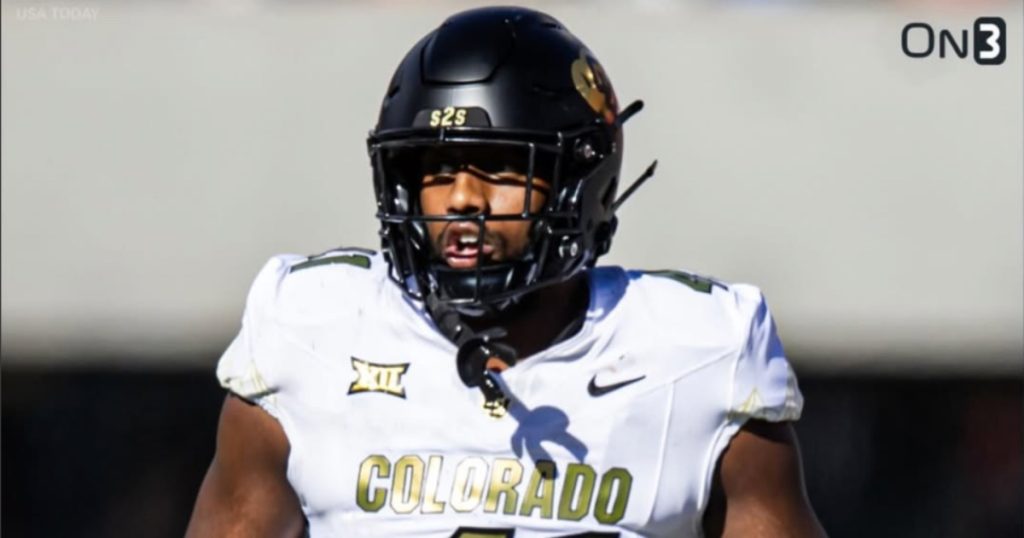In a groundbreaking move that could reshape the landscape of college athletics, the NCAA is contemplating significant changes to its eligibility requirements. Recent legal decisions have opened the door for junior college athletes to gain an additional season of collegiate eligibility in 2025, prompting the NCAA to rethink its policies across all sports.
### Potential Changes to Eligibility Rules
According to college basketball insider Jon Rothstein, the NCAA is actively considering whether to extend the current four-year eligibility limit to five years for all athletes participating in NCAA sports. This potential adjustment is set to be a hot topic of discussion early this year. The implications of such a change could be monumental, allowing athletes more opportunities to compete and develop their skills on the collegiate stage.
### Current Eligibility Framework
Currently, the NCAA provides student-athletes with a five-year clock that allows them to participate in four seasons of competition. This framework includes an additional redshirt year for those who qualify, effectively giving athletes a chance to extend their playing time. However, the five-year clock begins as soon as athletes enroll as full-time students, which can limit their opportunities if they face injuries or other challenges.
### The New Waiver for 2025-2026
In mid-December, the NCAA Division I Board of Directors granted a waiver that allows a specific group of athletes to remain eligible for the 2025-2026 season. This waiver applies to athletes who have competed at non-NCAA institutions and have previously exhausted their eligibility. Now, they can return for one more year, provided they meet other eligibility requirements, such as maintaining progress toward their degree.
Diego Pavia, the quarterback for Vanderbilt, stands out as the most notable beneficiary of this waiver. Initially believed to be in his final year of eligibility, Pavia’s situation now reflects a broader opportunity for athletes across all NCAA sports to extend their playing careers.
### Implications of the Proposed Changes
The NCAA’s consideration of these changes could lead to a couple of different scenarios. One option might simply remove the redshirt year, allowing athletes to compete for five full seasons. Alternatively, the NCAA could provide a six-year window for athletes to play five seasons. This flexibility could significantly impact recruitment strategies and the overall experience of college athletes.
### The Appeal Process
Despite the positive developments from the waiver, the NCAA has also filed a notice of appeal regarding the ruling in Pavia’s case. While waivers will be granted for this specific year, the ongoing appeal could hinder the establishment of a consistent policy for future athletes. This uncertainty raises questions about the long-term implications for college sports and the athletes who dedicate their lives to competing at this level.
### The Broader Impact on College Sports
The potential changes to eligibility rules are not just about extending playing time; they reflect a growing recognition of the challenges faced by college athletes. Injuries, transfers, and the impact of the COVID-19 pandemic have all contributed to a landscape where athletes may need more time to showcase their talents. By allowing additional years of eligibility, the NCAA could foster a more supportive environment for athletes navigating the complexities of college sports.
### Looking Ahead
As discussions about these eligibility changes unfold, college football fans and athletes alike are eager to see how the NCAA will respond. Will the organization embrace a more flexible approach that prioritizes athlete welfare? Or will it maintain its traditional stance, limiting opportunities for those who need them most? The answers to these questions could shape the future of college athletics for years to come.
In summary, the NCAA’s potential changes to eligibility rules present an exciting opportunity for college athletes. With the prospect of extending eligibility and providing more time to compete, the landscape of college sports could be transformed. As we look forward to the discussions in early 2025, one thing is clear: the conversation around athlete welfare and opportunity is more critical than ever. College football, along with all NCAA sports, stands at a pivotal moment that could redefine the experience for countless athletes across the nation.

